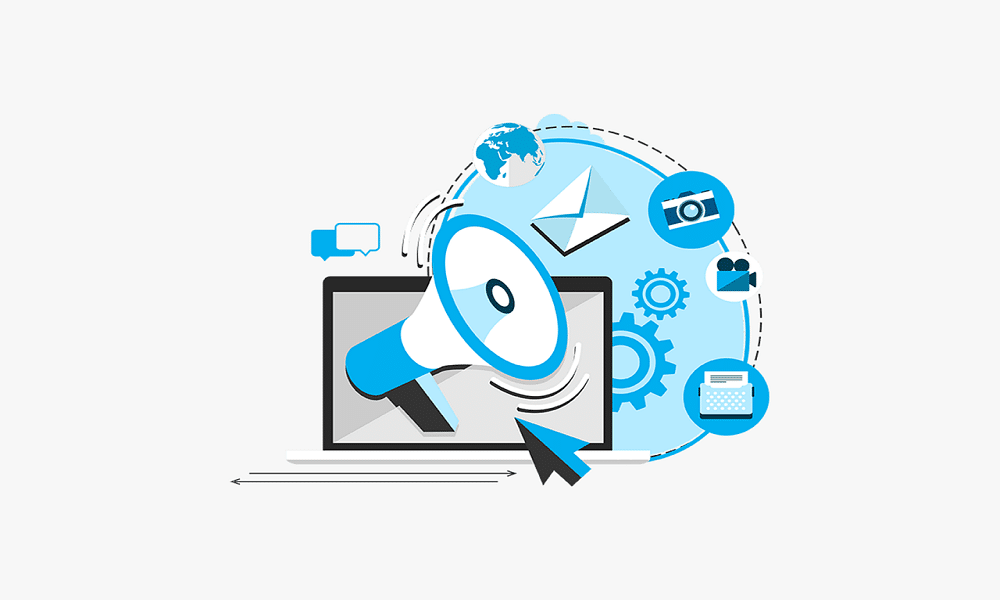Markets and trends are constantly evolving, which means that businesses are constantly deciding how best to spend their marketing budget to best effect.
This decision isn’t just about costs—it also involves understanding which method will generate the highest return based on campaign goals and target demographics.
Traditional advertising and digital advertising through a digital marketing agency like One Day Agency, for instance, both have unique advantages. The right solution often depends on how and where your audience consumes content. That’s why it can be a real conundrum trying to work out which option is better for your brand. It’s not always a matter of choosing one over the other, but rather knowing when and how to use each effectively.
Here’s a comparison of the pros and cons of each to help you make an informed choice.
Traditional Advertising
Classic examples of traditional advertising include print ads, TV and radio spots, billboards, and direct mail. These are all channels that have been used for decades and continue to offer value, and a viable way to talk to your audience. They often form the backbone of long-established marketing campaigns, particularly for brick-and-mortar businesses looking to build local trust.
The obvious advantages attached to traditional advertising would be that it is a form of advertising that offers broad reach and delivers strong brand recognition potential. When people see your ad repeatedly on TV or pass the same billboard during their commute, your brand becomes familiar.
A TV commercial or a billboard, for example, has the capacity to generate wide exposure, especially for local and regional businesses. It’s also highly tangible. Flyers, magazines, and mailers create a strong physical presence that digital ads can’t replicate. There is an element of trust in these formats as a result of their longevity and perceived legitimacy.
People often associate traditional media with established and reputable brands, which can elevate your business’s image.
On the downside, traditional advertising can be hugely expensive. For smaller businesses or startups, this can be a major barrier to entry. TV and radio ads involve high production and placement costs. The upfront investment required to create and distribute a traditional ad can be substantial, and results aren’t always immediate. It’s also less targeted and harder to measure in terms of ROI. Unlike digital platforms that track every click and impression, traditional methods provide only general audience estimates. The bottom line is that once an ad runs, you can’t tweak or adjust it based on performance. You are locked into your message, regardless of how well it performs. This limits flexibility, which can be a huge disadvantage. Especially in fast-changing markets, the ability to pivot quickly can make or break a campaign.
Digital Advertising
When talking about digital advertising, this is a term that encompasses everything from social media ads, search engine marketing, email campaigns, and website banners.
Without a doubt, it’s the dominant form of advertising in the modern age. As consumer habits shift increasingly toward digital platforms, businesses are following suit to remain competitive.
There are plenty of positives attached to this form of advertising. It not only offers better tracking but also the chance to personalize messages to specific audiences. A big plus is that digital ads allow for highly targeted campaigns. You can narrow down your audience based on very specific parameters, which makes your messaging more effective. You can reach specific demographics, behaviors, and even interests with tools like Google Ads and Facebook Ads. This level of targeting allows businesses to optimize their budgets and reduce waste.
On top of that, it’s generally more cost-effective, with options to fit any budget. Whether you’re spending $10 or $10,000, there’s a strategy that can deliver results. Plus, you get real-time analytics that let you track performance and adjust campaigns instantly.This enables continuous improvement and better allocation of your advertising spend.
A potential negative to consider is that, despite its precision, digital advertising operates in a crowded and competitive environment. With so many brands vying for attention, standing out becomes a major challenge. Consumers are constantly bombarded with online ads on a daily basis, which can lead to issues such as ad fatigue or banner blindness. This often reduces the effectiveness of even well-crafted campaigns.
It is also worth saying that privacy regulations and ad blockers also have the potential to limit your reach. As users become more protective of their data, digital marketers must adapt their strategies to stay compliant and effective. Using a professional digital marketing agency can often help you to spend your money in the most cost-effective and penetrative way. Their expertise can make a big difference in crafting ads that are both compliant and compelling.
Which is The Best Option?
You can’t definitively say that one is better than the other. The best approach often involves a combination of both strategies. A well-rounded marketing plan taps into the strengths of each and minimizes their individual weaknesses. You can use traditional advertising to build trust and brand awareness, especially in your local market. At the same time, it makes sense to leverage digital platforms for targeted reach, data insights, and scalability.
Ultimately, the profile of your target audience, your specific goals, and the budget you have to spend, will help determine the best mix for your chosen strategy. Consider your industry, competitive landscape, and customer behavior when making that call.
Talk to a marketing professional for more guidance on how to get the most from your advertising endeavors.


